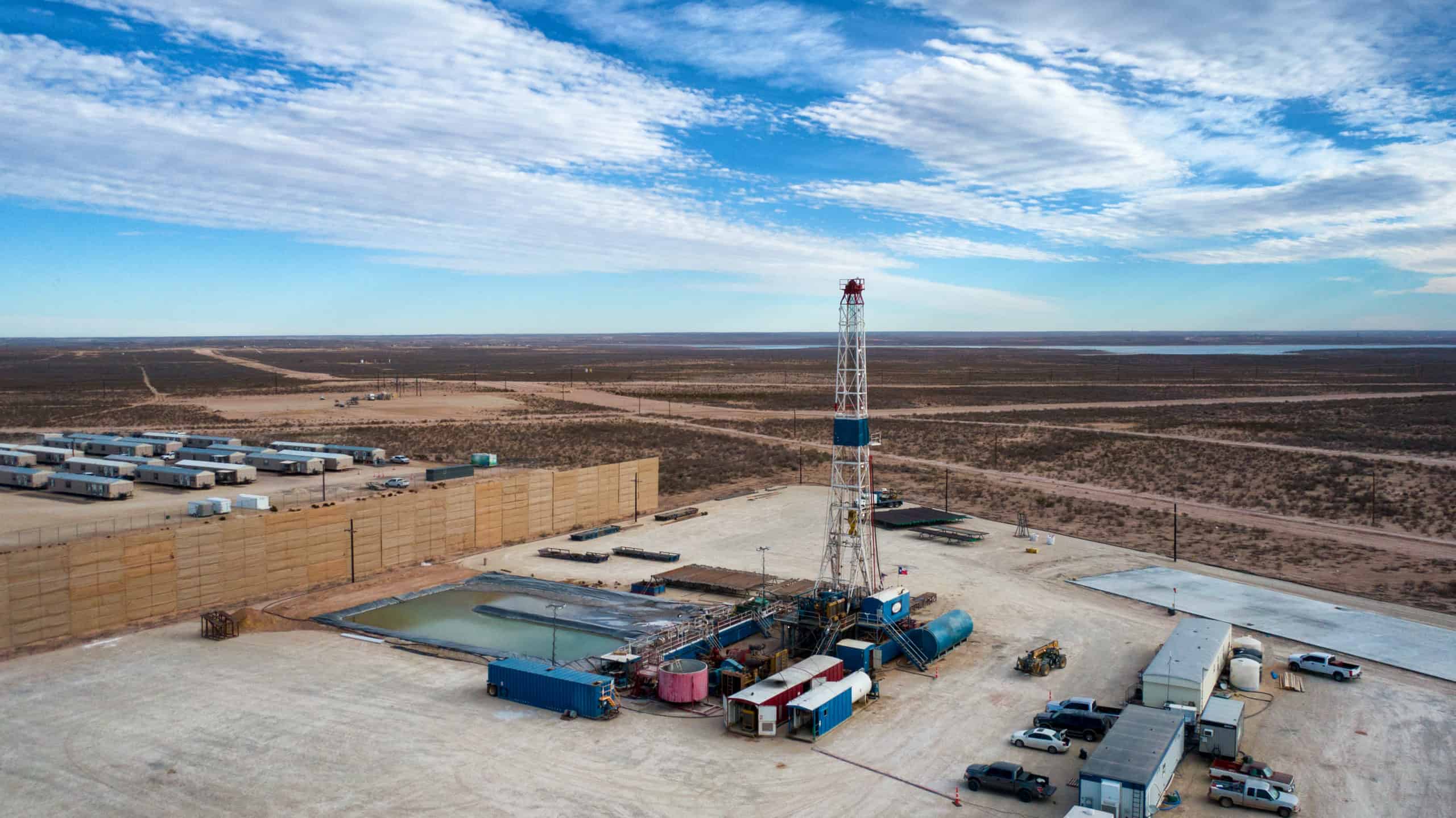CASE STUDY
Fiber-optic Monitoring Delivers Clearer Fracture Geometry Picture

Multi-Well Strain and Microseismic Monitoring Deployed in Vertical and Horizontal Wells
Problem:
- Limited consistency in microseismic results
- Determine the fracture geometry
- Tracking horizontal and fracture growth
- Determine stimulation distribution effectiveness vessels
Solution:
- OptaSense Crosswell Strain and Microsiesmic Services deployed in vertical and horizontal wells providing:
– 3D hydraulic fracture monitoring
– Real-time strain and MS visualization
– Analysis of fracture geometry and completions efficiency
Value Delivered:
- High sensitivity regarding fracture height and width
- Integrated DAS monitoring of near-field and far-field in real time
- Clear parent and child well interaction revealed
on future wells
The Challenge
Monitoring the creation of hydraulic-induced fractures using multiple frac diagnostic tools for unconventional development can be expensive and inconclusive. The cost of not doing sufficient monitoring on the other hand can lead to over-capitalization with an inefficient completion program. Information on frac geometry, such as fracture-azimuth, velocity of fracture propagation, and hydraulic length and height can be determined independently and cross-validated using diverse tools that require unique analysis and additional costly integration by operators. No single diagnostic tool has been able to provide all the necessary information required to understand frac geometry. Misinterpretation of diagnostic data can lead to costly erroneous development decisions requiring additional complementary diagnostic tools.
Therefore, following a consilience approach is essential. Over-reliance in certain monitoring technologies for assessing stimulated rock volume has led to estimates that are not representative of what is being developed.
The Solution
OptaSense multi-well monitoring of high sensitivity temperature and strain interactions between wells provides detailed information about frac geometry not previously available. OptaSense provided fiber-optic monitoring in three instrumented wells within the Permian Basin. This provided a unique opportunity to assess the frac geometry as it developed within different regions of the reservoir. The OptaSense system provides joint microseismic and strain measurements within a 3D network in the reservoir.
Two horizontal observation wells and a vertical well were equipped with permanent fiber-optic cables cemented outside of casing. The fracturing stimulation from various treatment wells was monitored throughout the entire program by the three fibers. Measurements in the fibers included joint Crosswell Strain and Microseismic as well as Hydraulic Profiling Monitoring.
The multi-fiber acquisition enabled the illumination of the Stimulated Reservoir Volume (SRV). The monitoring of the treatment included real time visualization of fracture height and length as seen by the three wells. The comprehensive fiber-optic diagnostic program illuminated the impact that nearby producing wells have on frac geometry. An innovative Design of Experiment (DofE) that included sequential-fracturing, consistent cluster-to-cluster distances and few single-perforation cluster stages provided a unique perspective about the geometry of the induced hydraulic fractures on the pad. Data from the strain maps was analyzed in the context of the available microseismic solution yielding a high-resolution view of the portions of the reservoir being developed.
Delivered Value
Fiber-optic crosswell strain is sensitive to fracture development within the target zone as well as in layers above it. Fracture hits were detected by the different fibers revealing valuable information about parent-child interactions. Based on the relative spacing between the intercepting patterns, individual frac-zone-domains were identified by the strain, revealing high sensitivity and resolution to illuminate each cluster, and its interaction to the others, within a given completion design. Interaction between the different fractures, as seen by the 3D fiber geometry, reveal complex networks developed by multi-cluster stages. Strain data from the fibers indicated an easier and faster upward propagation in the Wolfcamp Permian Basin.
The microseismic data acquired in tandem with the strain indicated generation of events outside the core SRV zone illuminated by the high-resolution strain. The joint strain-microseismic data ensured that even in the absence of microseismic generation, the crosswell strain has the sensitivity to detect fracture growth. Fiber-optic diagnostics provided a clear picture of the fracture network from joint microseismic and crosswell strain measurements. High resolution assessment of the fracture network measured from the strain data indicates that the fiber is an excellent diagnostic of the stimulated zone without the ambiguity or bias of the microseismic. The CWC data was able to sense the horizontal and vertical development of the fracture network where there was no microseismic response. Unlike the point measurements provided by the pressure gauges, measuring strain in the vertical well allowed the operator to monitor the vertical growth of fractures that continued their propagation even after end of treatment. The maximum height of the fractures and vertical velocity of frac propagation were determined as different stages passed the instrumented wells.
The joint analysis of CWC and microseismic events shows the strain provides higher sensitivity to the development of the net-work. This is likely to be the result of the capacity of the rock to generate detectable MS events and indicates that the fiber is a reliable diagnostic for completions and rock physics across layers with contrasting stress and rock properties.
For more information, please contact your OptaSense representative or visit www.optasense.com/oilfield-services

